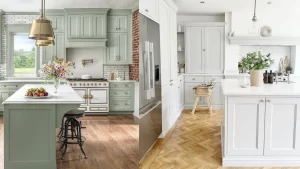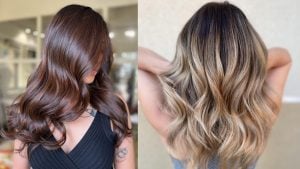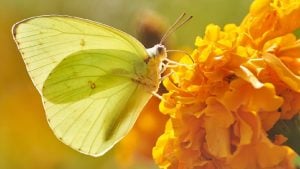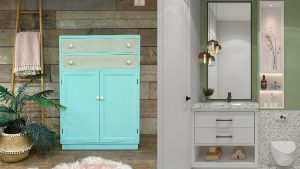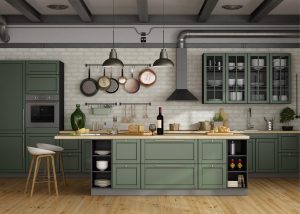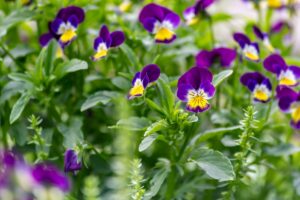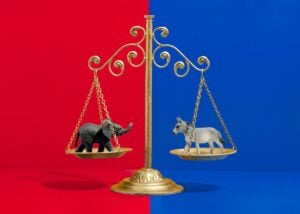The wings of the butterfly are delicate and colorful. Each butterfly is different and has its unique markings, colors, and patterns. Butterflies are nature’s scenery as they fly from flower to flower, sipping sweet nectar.
The Adonis Blue has an appealing turquoise color on its wings, and the females are brown with blue scales. The Leopard Lacewing has one of the butterfly’s most striking and unusual patterns. The Peacock butterfly has eye spots that look like the colors of the feathers of the Peacock.
Butterflies are magnificent and gentle creatures with colors that look to have been meticulously painted onto them. If you find butterflies beautiful and interesting, you can learn more about their colors and patterns by reading this article.
Butterflies commonly dwell in flourishing gardens with fragrant flowers. They are observed on every continent except Antarctica. For being so prevalent, they are still so unique. Each type of butterfly has its distinct colors and markings. The following include the ten most colorful butterflies:
Ulysses Butterfly
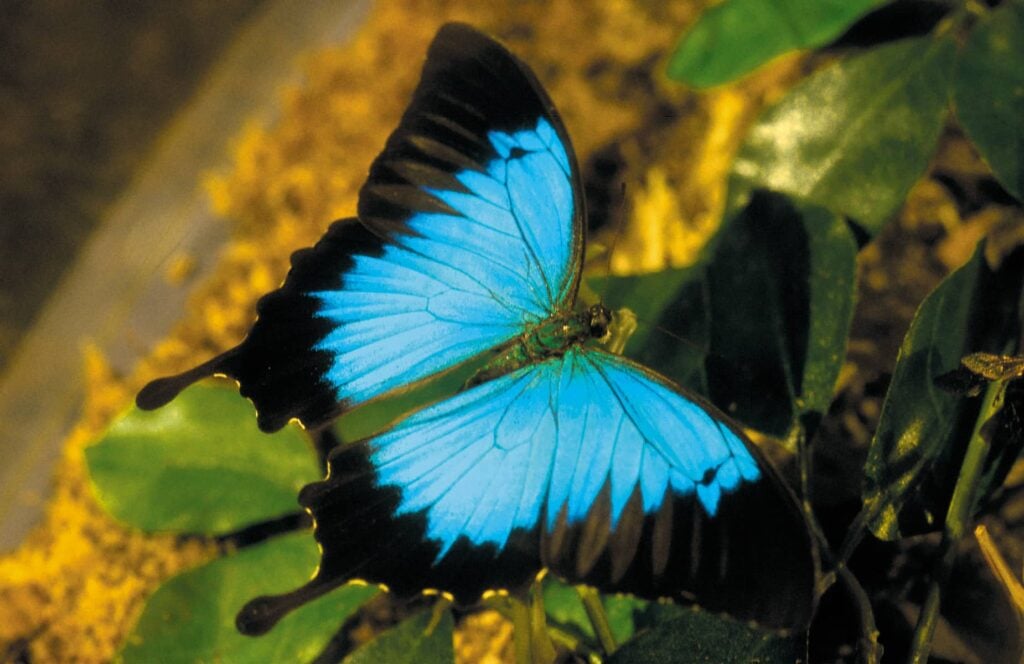
The Ulysses butterfly is large, with a gorgeous shade of bright blue on the upper side of its wings, and the underside of its wings is black and brown. The jaw-dropping color produced by these beautiful creatures comes from the microscopic scales on their wings. Quick stats:
- The average wingspan is 5.5 inches
- The flight pattern is rapid and irregular
The pattern on the female is a bit different than on the male. Females have tiny blue crescents on the back of the upper wings, while the upper wings of the male are entirely black. The wings are blue with black borders.
Emerald Swallowtail
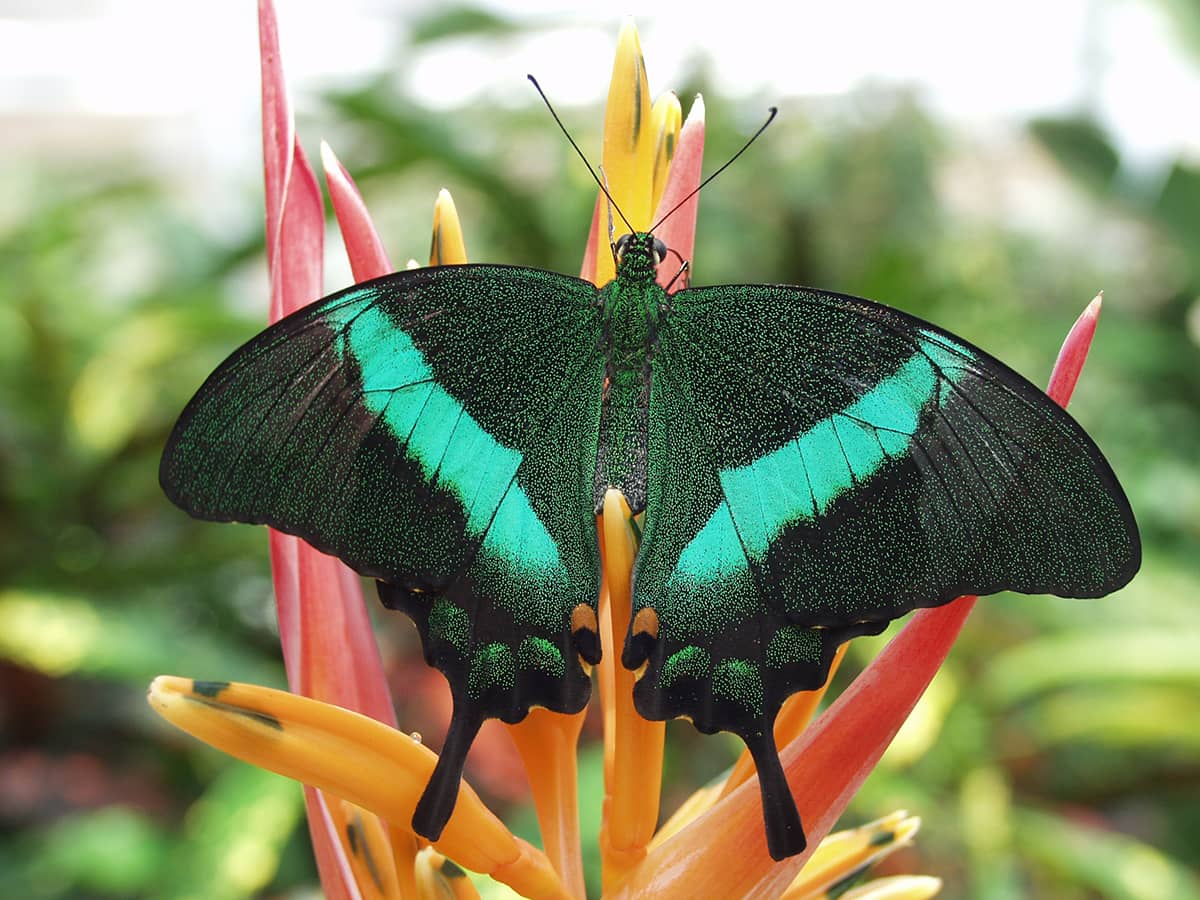
One of the world’s most impressive butterflies, the emerald swallowtail butterfly, has different colors on its wings. The top colors are dark green with a bold streak of radiant emerald on either side. The bottom colors consist of charcoal gray with orange, white, and blue spots along the wing’s edges. Quick stats:
- The average wingspan is 3.1 to 3.9 inches
- The flight pattern is fast and solitary
The emerald swallowtail is referred to as “The emerald peacock” due to the lovely color pattern on its wings. The spots on the bottom of their wings look like eye spots. The green color of this butterfly is not caused by pigments, but it is due to the coloration of the structure of their wings. This butterfly is also one of the most preferred butterfly tattoo design according to 100tattoos.
Wallace’s Golden Birdwing
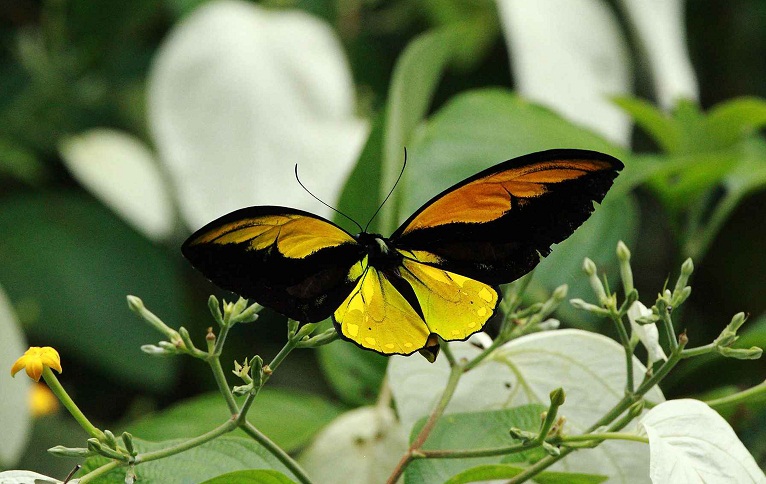
Wallace’s Golden Birdwing butterflies are large, brilliantly colored butterflies found in wet lowland forests. The males are more colorful, as the upper side of the wings are black with a thick gold band. The bottom is black with light green lines. The top wings are a dashing golden yellow. Quick stats:
- The average wingspan is a remarkable 7.5 inches
- The flight pattern is gradual and is said to be “birdlike.”
The female’s base color is dark brown with deliberate white spots on its forewings and sweeping yellow marks on its hindwings. These butterflies are named for their graceful and purposeful approach to flight according to Wikipedia.
Leopard Lacewing
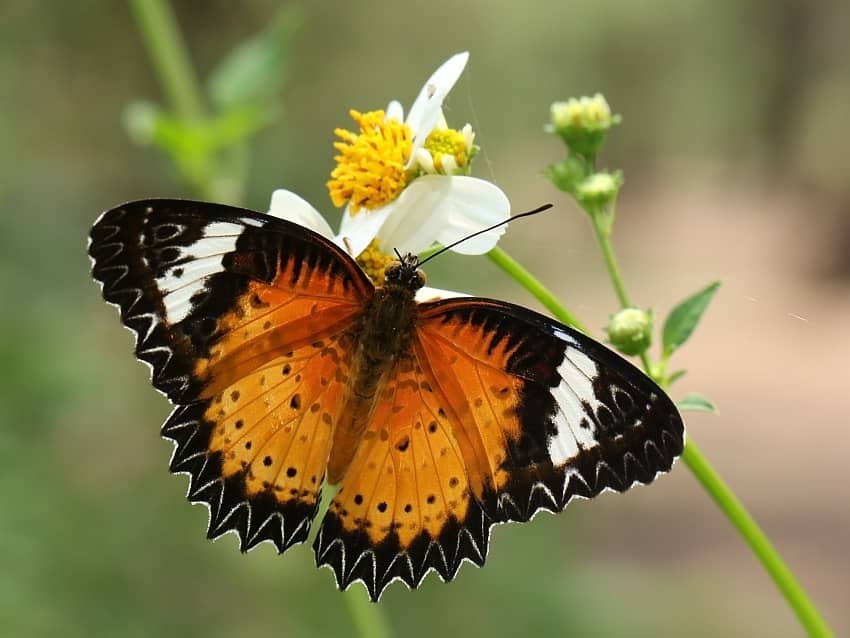
The Leopard Lacewing butterfly has one of the most intricate color patterns of any butterfly. They have a bright reddish-orange color on their outside wings. The background color is mellow orange with a deeper orange patch and a white patch. Quick stats:
- The average wingspan is between 2.4 and 3.1 inches
- The flight pattern is speedy and swift
The underwings have dark brown wavy lines arranged in a striking pattern. The male leopard lacewings are more colorful, and the female butterflies have a pale yellow or beige, yellow color on their inside and outside wings.
Peacock Butterfly
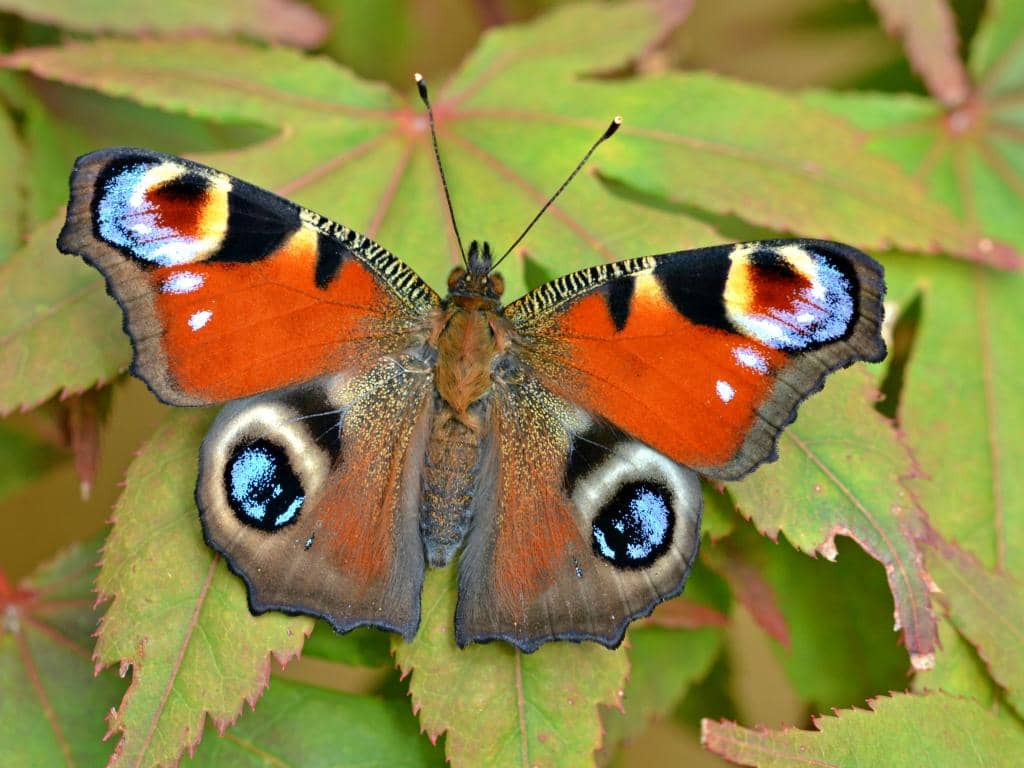
The peacock butterfly is a rather pleasant-looking insect. They have mahogany-colored wings, and each wing has an artfully placed large eye spot resembling a peacock’s feathers. These fetching eyespots are a smooth blend of blue, white, black, and yellow colors. Quick stats:
- The average wingspan is 2 to 2.5 inches
- The flight pattern is strong, fast, and erratic
The eyespots on their wings were meant to throw off potential predators. These beauties are often found in temperate climates, such as woods, fields, meadows, and gardens. Peacock butterflies are said to be instantly recognizable for their authentic appearance.
Adonis Blue
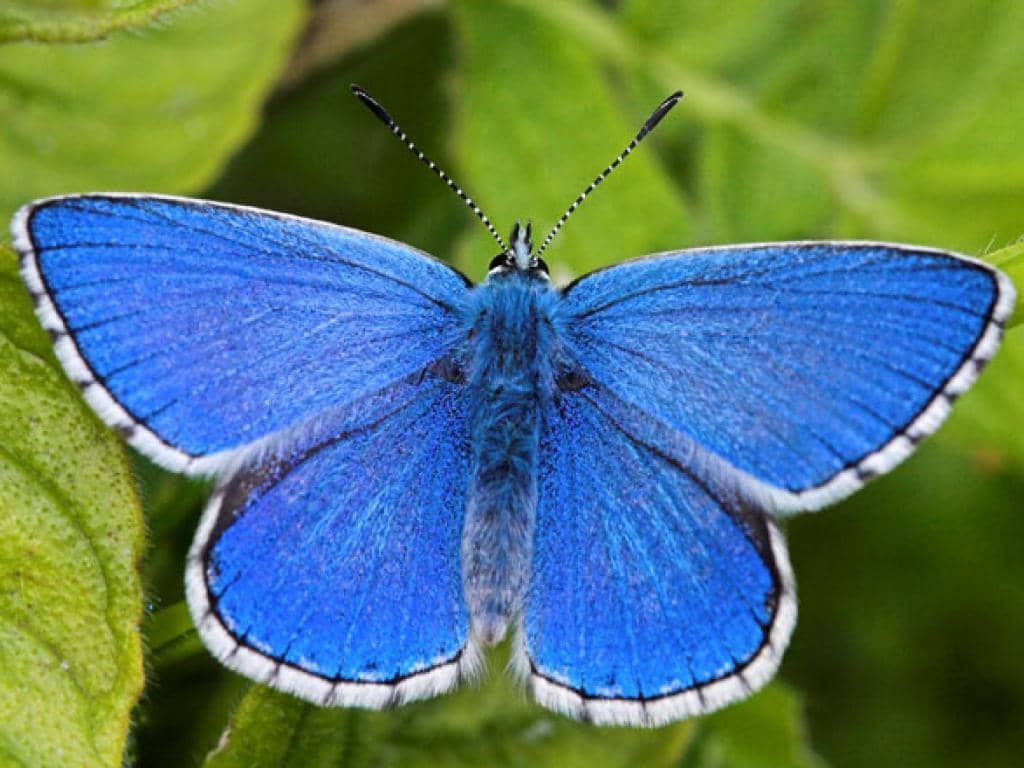
In a world where many of the most exceptional butterflies are dark blue, Adonis Blue is an eye-catching turquoise color. The males are this exquisite blue color, while the females are brown with blue scales. Both sexes have black lines going through the white fringe. Quick stats:
- The average wingspan is 1.2 inches
- The flight pattern is swift and unpredictable
The butterfly’s underside is a brownish-gray color with black and orange spots. The Adonis Butterfly earned his name from the same Adonis in Greek mythology, who was the god of beauty, fertility, and permanent renewal.
Malachite
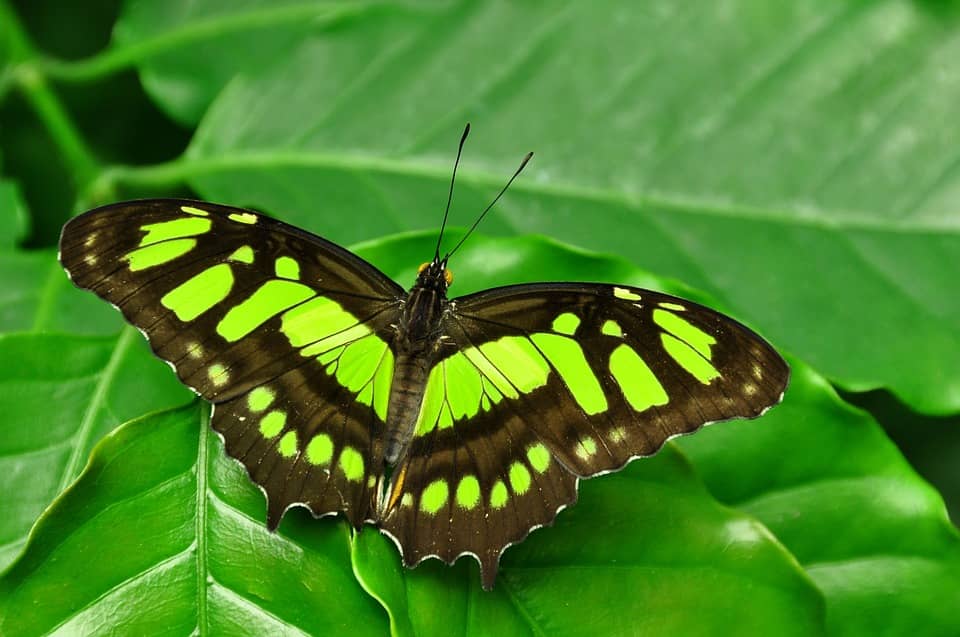
This butterfly is easy on the eyes with their charming lime green wings and large size. They have sizeable wings with a dark brown background and green spots and patches. The surface of their wing reveals a lighter orange-brown color. Quick stats:
- The average wingspan is an impressive 3.3 to 3.9 inches
- The flight pattern is slow and floating
The males and females look analogous, but the color and patterns on the females’ wings are much brighter and more vivid in appearance. The Malachite butterfly gets its title from the crystal Malachite which has the same gorgeous green hue.
Monarch Butterfly
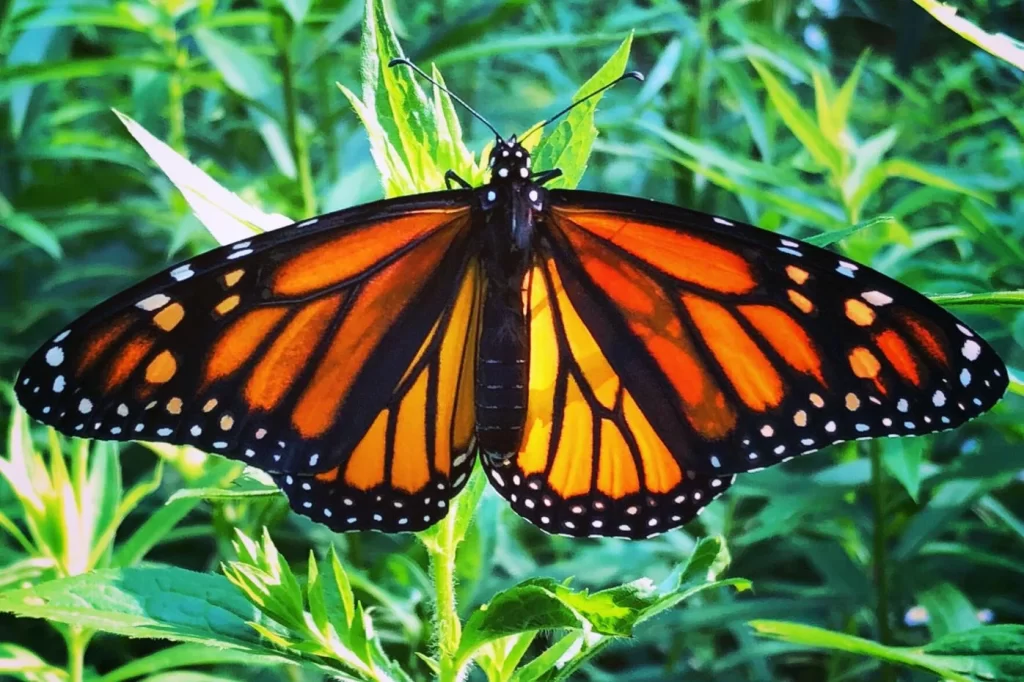
The Monarch butterfly is probably the most recognized worldwide, as it is ubiquitous. The top of their wings is deep orange, with perfectly painted black lines and white spots. The underside appears very similar but is browner than orange. Quick stats:
- The average wingspan is 3.7 to 4.1 inches
- The flight pattern is gradual and fluctuates
The females have more black scales along their wing veins. The Monarch butterfly is famous for its seasonal migration, which drifts from cooler climates to warmer places yearly. Due to their migration journey, they are seen as inspirational and enduring.
Blue Morpho
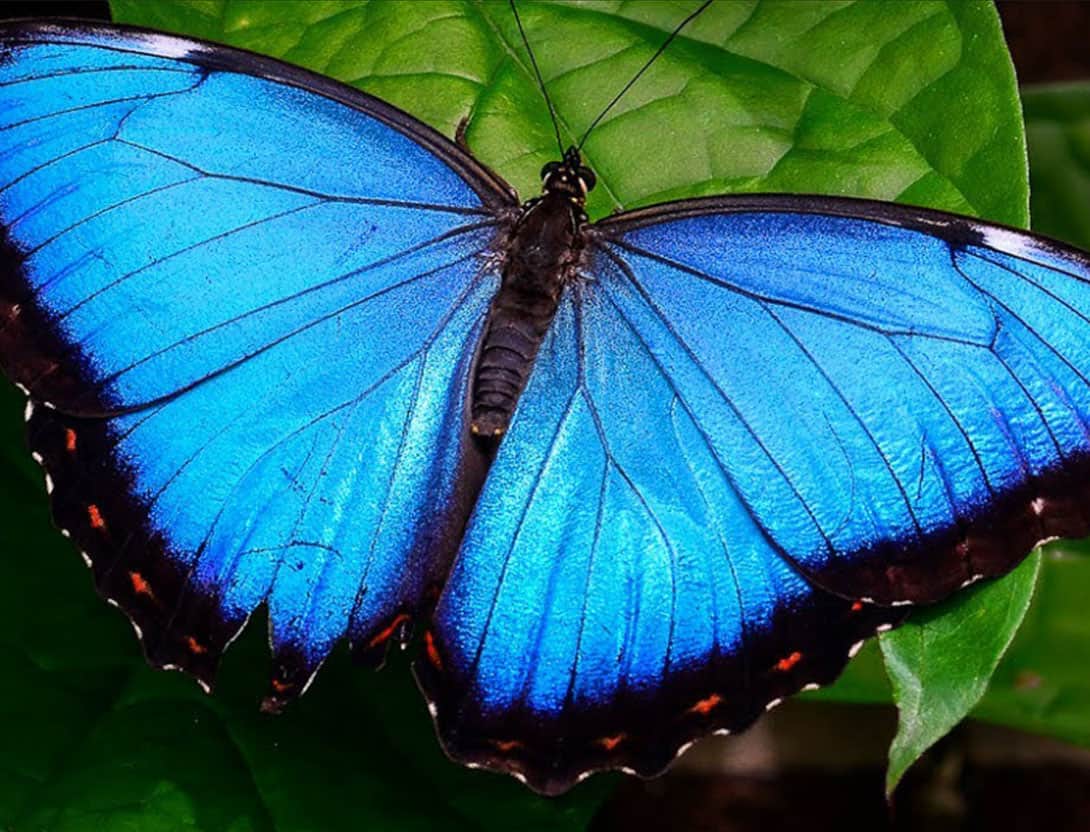
One of the most beautiful butterflies, the Blue Morpho, has a cobalt blue color on its wings. The underside of their wings has a brown color with distinct and beautiful eye spots. These are rare creatures. Quick stats:
- The average wingspan is a mind-boggling 5 to 8 inches
- The flight pattern is slow and deliberate
The Blue Morpho is one of the enormous butterflies in the biosphere. The male’s wings are broader than their female counterparts and appear to have bolder coloring. These butterflies are known for their timidness as they softly flutter away from those who get too close.
Yellow Pansy
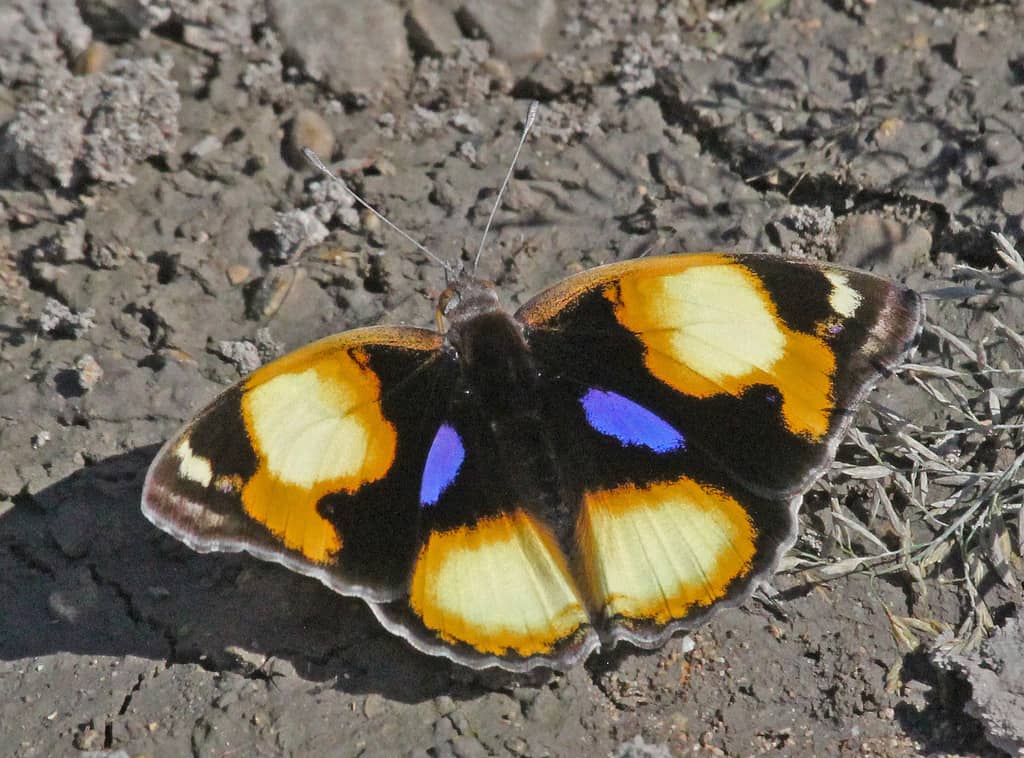
The Yellow Pansy displays its signature buttercup yellow color boldly and proudly. It is small with rounded wings. They are black with significant yellow blotches on them. The yellow is on the top of their wings, and the forewings have circular blue patches. Quick stats:
- The average wingspan is 1.57 inches
- The flight pattern is fast and low
The underside of their wings is a grayish-brown color. The females have distinct eye spots but are much duller in the shade than the handsome and charming male Yellow Pansy. They are typically found in open scrub and grassland habitats.
Conclusion
Butterflies have a certain dreamy and glittery beauty to them. The most colorful butterflies tend to have intricate and meticulous detail on their top and forewings. Each butterfly is colorful and unique to this world.
